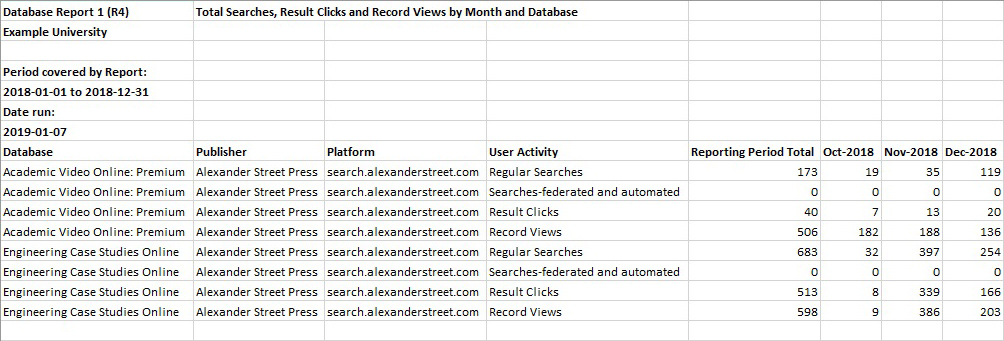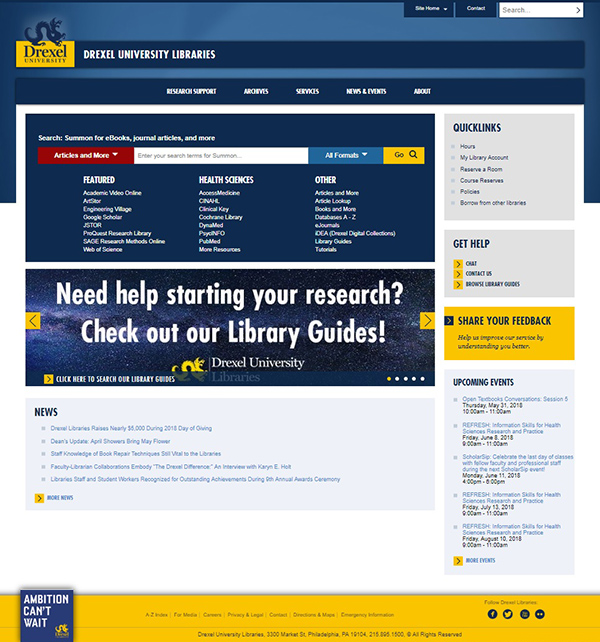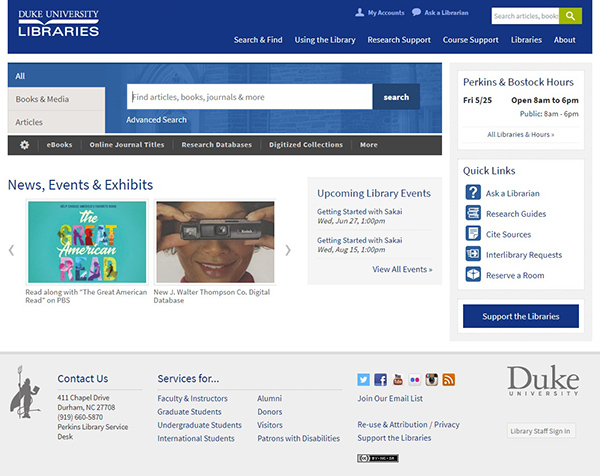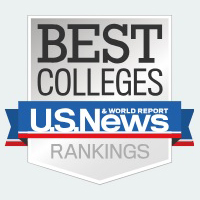Website Update Approaches
A website consists of three aspects: the content, the organization, and the design. With few exceptions, the content of the website is its most important trait. It’s the essence of what you want to present, advertise, or sell to the website visitor. The content might naturally drive the organization of the website if it falls into clear categories—audience, departments, product types, etc. Otherwise, the website developer creates functional categories. These categories translate into menu items, subsections, and often subdomains or subfolders. Likewise, the content and the organization might suggest a certain design. In addition, the website developer looks to audience, purpose, and branding to create a positive user experience for the website visitor.
While website content is not usually affected by changes in Web and browser technology improvements, website organization—whether static or dynamically created—could be, and design most certainly is. We have seen websites evolve from simple HTML, to the separation of design from content using CSS, to responsive design, and finally to modern design frameworks. Website construction went from coding individual pages, to using includes to share components, and then to complete content management systems. Web technology continues to improve, making design easier and features more robust. In order to take advantages of new Web technologies, periodic website updates need to be undertaken.
When should website updates be made? If you have a website that has gone unchanged for two to three years and you want to know whether you should update it, what factors should you consider? To what extent should you look to make changes?
There are three routes you can take:
- Rebuild the website. This means tossing out most of your current site—content, organization, and design—and essentially starting over.
- Redesign the website. This means making some changes to the content and organization but changing most of the look and function of the site.
- Refresh the website. This means keeping most of the content and organization and making minor—but noticeable—changes to the site design.
Continue reading “Library Website Update: Rebuild, Redesign, or Refresh?”

 There are four types of item-type usage reports each with their unique statistics:
There are four types of item-type usage reports each with their unique statistics:



 If you find yourself wanting to browse other academic websites but don’t know where to start or how to choose them, this list of links can help. This is not a list of the top 100 academic library websites. Rather, it is a list of the library websites for the top 100 institutions in the U. S. News & World Report’s
If you find yourself wanting to browse other academic websites but don’t know where to start or how to choose them, this list of links can help. This is not a list of the top 100 academic library websites. Rather, it is a list of the library websites for the top 100 institutions in the U. S. News & World Report’s